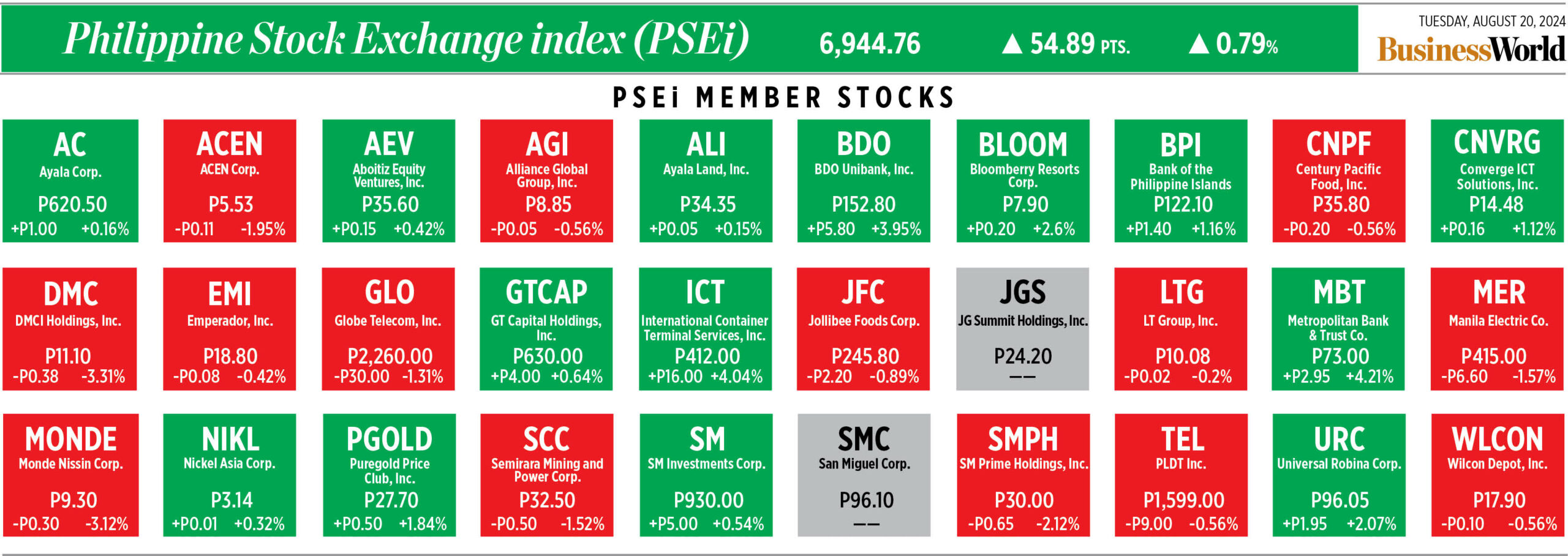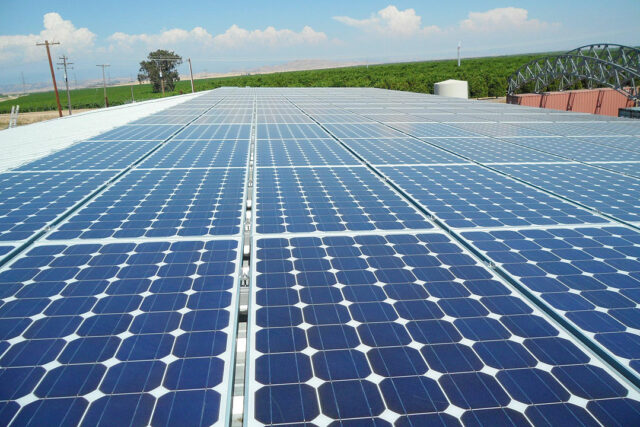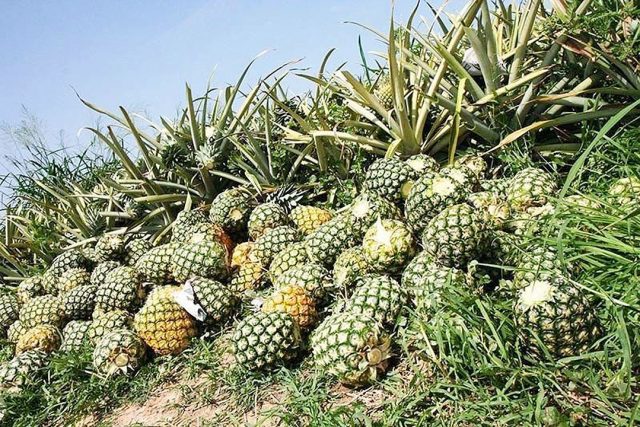PHL, Cambodia central banks seek to enhance cooperation
THE BANGKO SENTRAL ng Pilipinas (BSP) and National Bank of Cambodia (NBC) have partnered to boost both countries’ cooperation on central banking and payment connectivity, among other areas.
Both regulators signed a memorandum of understanding (MoU) on Monday to “foster closer cooperation between the two central banks,” the BSP said in a statement on Tuesday.
“The MoU signifies the willingness and commitment of both the BSP and NBC to provide a clear framework for the facilitation of bilateral ties and the enhancement of cooperation between the two central banks which have had a history of collaboration in both bilateral and regional fronts,” it added.
The BSP and NBC also held a high-level bilateral meeting to discuss latest macroeconomic and financial developments.
The central banks are eyeing further cooperation on the areas of payment system developments, artificial intelligence, cybersecurity, and sustainable finance. The agreement is also seen to “encourage more collaboration particularly in the areas of central banking, payment connectivity and innovation, digital financial innovation, banking supervision, human resource development, and other areas of mutual interest,” the BSP added.
The Philippine central bank has been ramping up its initiatives to enhance cross-border payments with other countries.
The BSP last month said the blueprint for instant cross-border payments under Project Nexus has been completed, which would pave the way for its live implementation
In March 2023, the BSP and four other central banks in the region announced they will connect their domestic instant payment systems through the Bank for International Settlements’ (BIS) Project Nexus.
The project has the capacity to connect 1.7 billion people globally, the BIS earlier said. — L.M.J.C. Jocson















